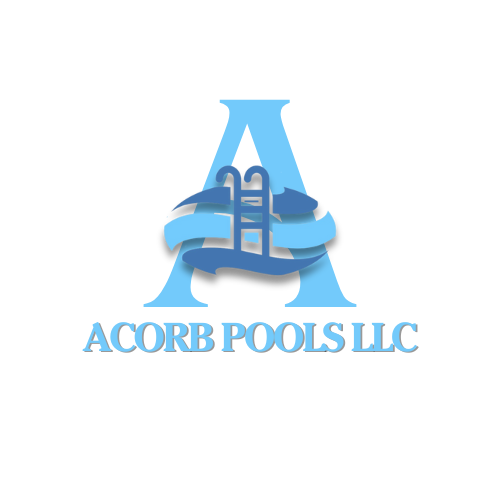A backyard pool can transform your outdoor space into a haven for relaxation, exercise, and social gatherings. However, a well-designed pool requires several key elements to ensure it functions properly and meets your needs. Here are the essential components of a backyard pool:
1. Pool Structure
The pool structure is the foundation of the entire installation. It comes in various materials, including concrete, fiberglass, and vinyl. Each material has its pros and cons:
- Concrete pools are highly customizable and durable but can be expensive and require longer construction time.
- Fiberglass pools are pre-fabricated, allowing for faster installation, and require less maintenance.
- Vinyl liner pools are the most cost-effective option but may require periodic liner replacement.
2. Filtration System
A pool’s filtration system is crucial for maintaining clean and safe water. The system typically includes a pump, filter, and skimmer.
- The pump circulates water through the system.
- The filter removes debris and contaminants. Common types include sand, cartridge, and diatomaceous earth (DE) filters.
- The skimmer collects floating debris, such as leaves and bugs, before they sink to the bottom.
3. Water Circulation System
Proper circulation prevents stagnant water, which can lead to algae growth and uneven chemical distribution. Jets and return lines help circulate water throughout the pool, ensuring that chemicals and heat are evenly distributed.
4. Heating System (Optional)
If you want to enjoy your pool year-round or extend your swimming season, a heating system is essential. Options include:
- Gas heaters for quick heating.
- Electric heat pumps for energy efficiency.
- Solar heaters for environmentally friendly heating using solar panels.
5. Chemical Treatment System
To maintain healthy water quality, a chemical treatment system is necessary. The most common options are:
- Chlorine systems, which are widely used for disinfection.
- Saltwater systems, which use a salt chlorine generator to produce chlorine, offering a gentler alternative.
- Ozone and UV systems, which reduce the need for traditional chemicals.
6. Pool Deck
The pool deck provides a safe, non-slip surface around the pool and enhances the overall aesthetic. Common materials include:
- Concrete for durability.
- Pavers for a stylish, customizable look.
- Wood or composite decking for a natural, warm feel.
7. Lighting
Pool lighting adds both functionality and ambiance. Underwater LED lights can create a stunning visual effect while ensuring visibility for nighttime swimming. Pathway and deck lights enhance safety around the pool area.
8. Safety Features
Safety is a top priority for any pool owner. Essential safety features include:
- Pool covers to prevent accidental falls and reduce debris.
- Fencing to restrict access, especially for children and pets.
- Alarms that notify you if someone enters the pool area without authorization.
9. Accessories and Add-ons
Finally, accessories can enhance your pool experience. Popular options include:
- Pool ladders or steps for easy entry and exit.
- Water features like fountains and waterfalls for aesthetic appeal.
- Seating areas, such as in-pool benches or nearby lounge chairs, for relaxation.
Conclusion
Creating the perfect backyard pool requires careful planning and attention to essential elements. By incorporating the right structure, filtration, circulation, heating, and safety features, you can enjoy a clean, safe, and inviting pool for years to come. Whether you’re building a new pool or upgrading an existing one, understanding these components will help you make informed decisions and maximize your investment.
To keep your pool in optimal condition, it is very important to have regular weekly service and maintenance. This ensures the water remains clean, balanced, and safe while preventing costly repairs down the line.
If you have any questions about pool maintenance or are looking for a reliable service company, contact ACORB POOLS. We’d be happy to assist you.







